The photography world is abuzz with the upcoming Hasselblad X2D 100C II, a medium-format mirrorless camera featuring advanced DJI LiDAR autofocus technology. This collaboration, following DJI’s acquisition of Hasselblad, promises to transform image capture for photographers seeking precision. The news, detailed in a recent TechRadar article, highlights how DJI’s expertise elevates Hasselblad’s high-end offerings.
The X2D 100C II integrates DJI’s LiDAR autofocus system, previously featured in the Ronin 4D. According to the report:
“The promise of pricey LiDAR autofocus, which is utilized by DJI’s Ronin 4D and will presumably deliver a huge boost in autofocus performance, is exciting news.”
This technology uses light detection and ranging to enhance focus accuracy, addressing the sluggish performance noted in the X2D 100C. For photographers, this means crisper portraits and landscapes, especially in challenging lighting. The infusion of DJI’s drone-derived innovation underscores a strategic partnership, blending the Chinese tech giant’s technical prowess with Hasselblad’s photographic heritage.
The X2D 100C II retains its predecessor’s 100MP sensor, delivering class-leading 8EV in-body image stabilization, 16-bit color depth, and 15 stops of dynamic range. These features ensure exceptional photo quality, perfect for studio or outdoor shoots.
The camera also includes a new joystick control, refined button layout, and internal SSD storage up to 1TB, paired with a CFexpress B card slot. Weighing approximately 4.4 pounds, it suits handheld use for extended sessions, appealing to professionals who prioritize portability and durability.
This DJI-enhanced autofocus could streamline workflows, allowing photographers to focus on creativity rather than manual adjustments. Priced likely above $10,000 USD (based on the X2D 100C’s $8,199 USD launch price), it targets professional photographers and serious enthusiasts, though its rumored minor updates suggest refinement over radical change.
Hasselblad’s use of DJI LiDAR reflects a growing trend of cross-industry tech integration, merging drone innovation with photography. The FCC application, flagged by MirrorlessRumors, confirms this feature, potentially setting a new benchmark for autofocus systems.
As the photography market evolves, this collaboration could inspire similar partnerships, though the camera’s lack of video recording— noted in the TechRadar piece as “(that’s right, no video recording capabilities whatsoever)”—limits its appeal for hybrid creators.
Economically, the premium price may deter casual users but justifies the investment for professionals seeking top-tier stills. The absence of major upgrades suggests Hasselblad focuses on perfecting its niche, aligning with the needs of photographers who value image quality over versatility. This DJI-powered evolution marks a significant step forward, blending cutting-edge technology with Hasselblad’s storied craftsmanship.
Note: DJI holds a majority ownership in Hasselblad, acquired in 2017.
Photo courtesy of Hasselblad.
Discover more from DroneXL.co
Subscribe to get the latest posts sent to your email.
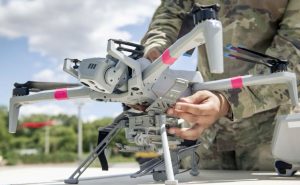


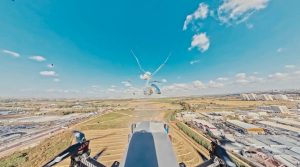


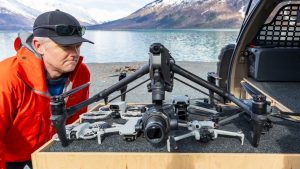
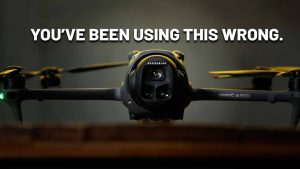

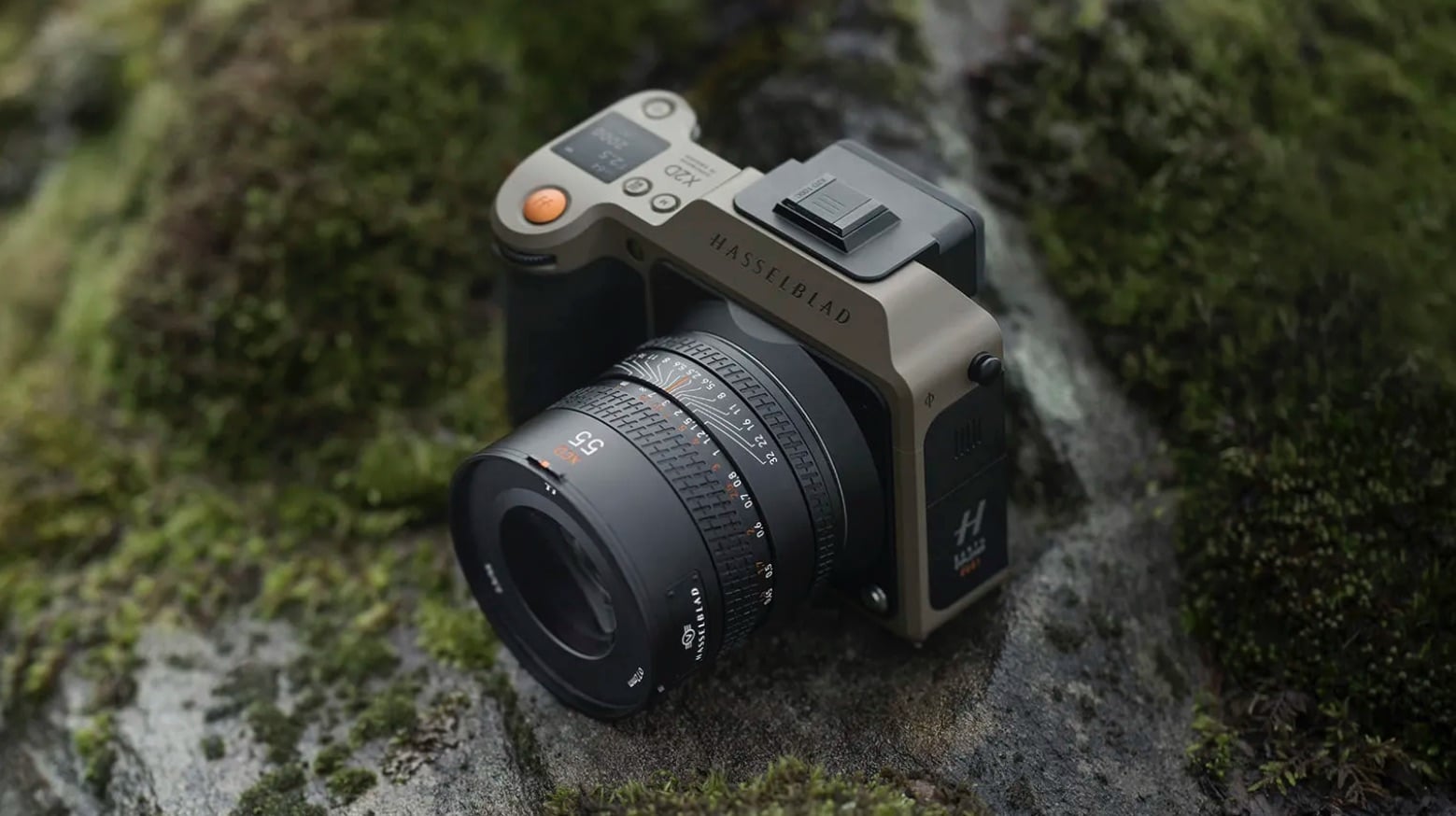
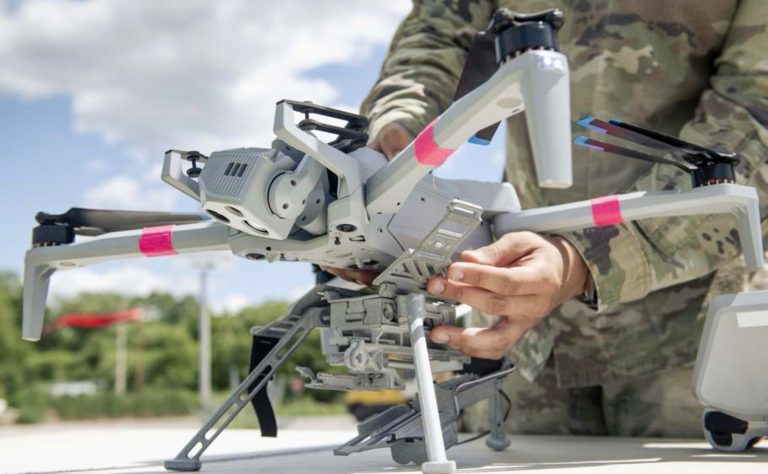
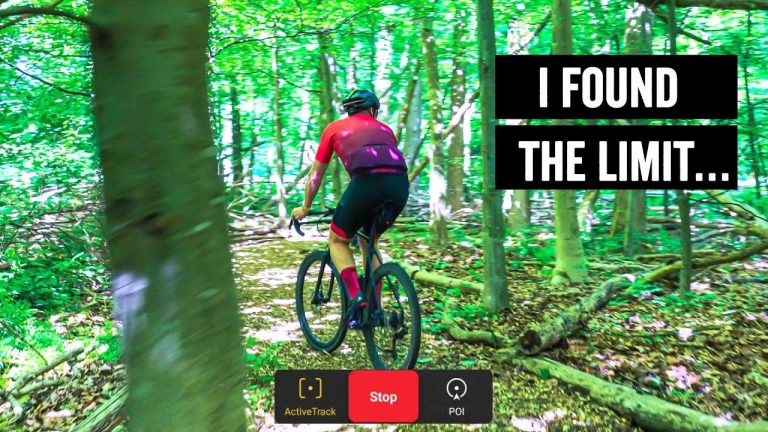
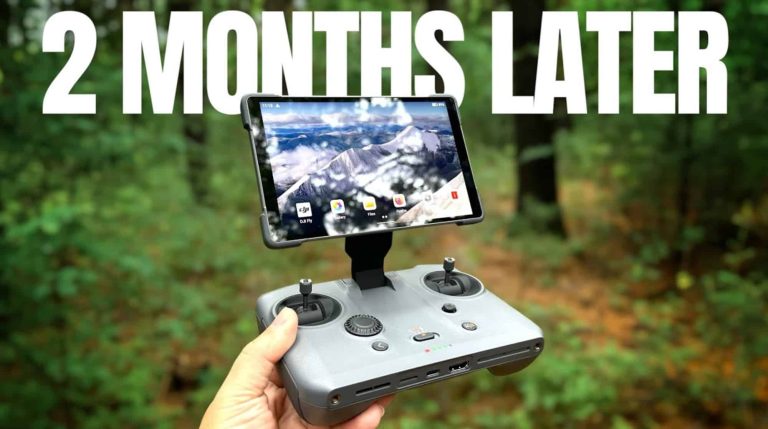


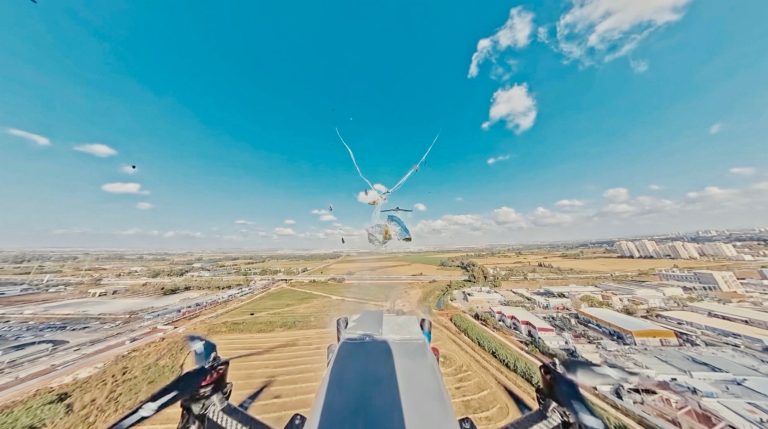

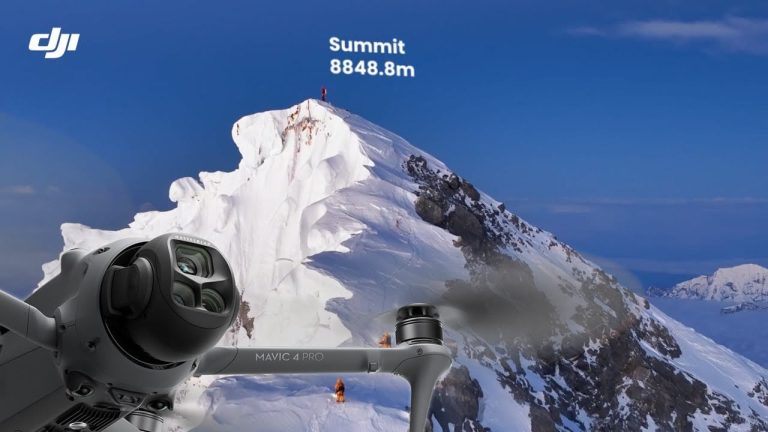
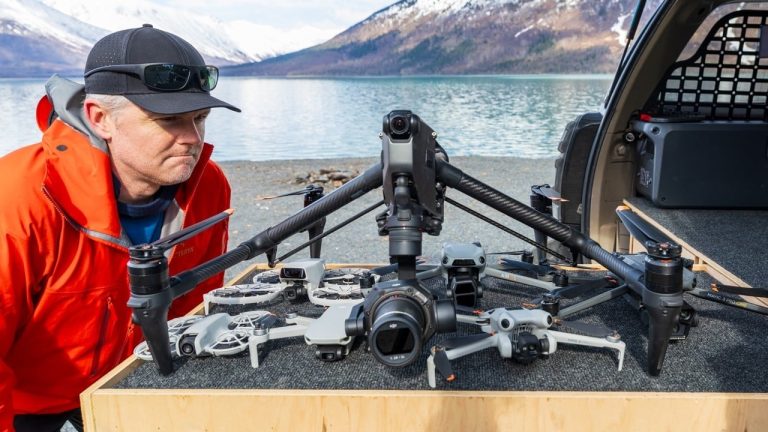
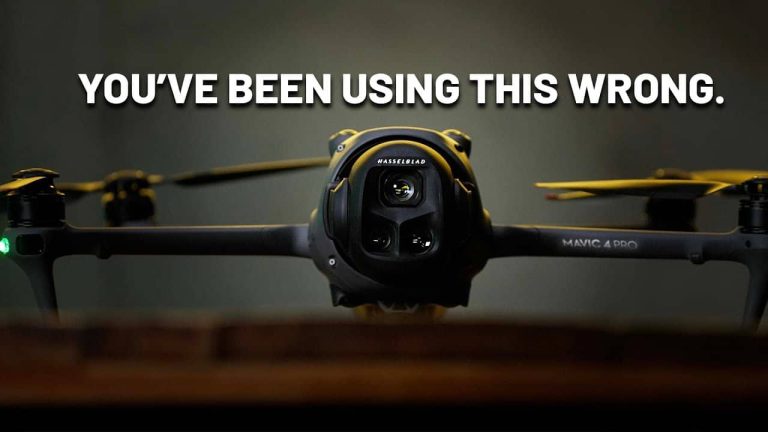
+ There are no comments
Add yours